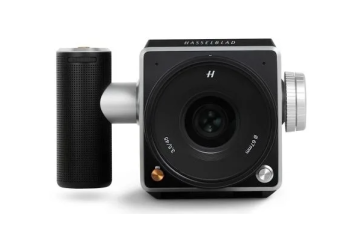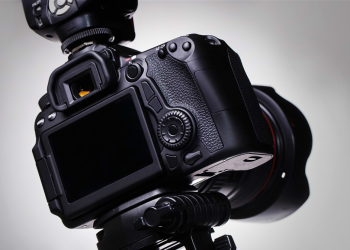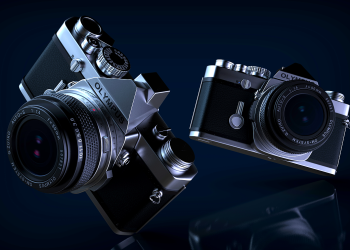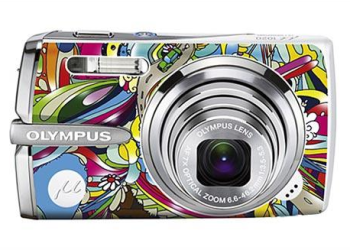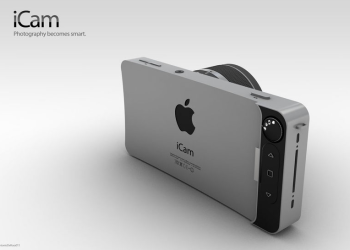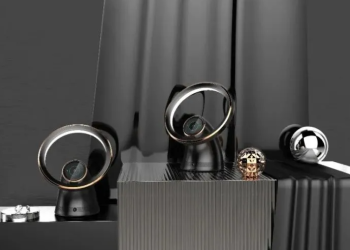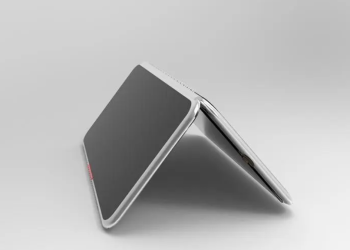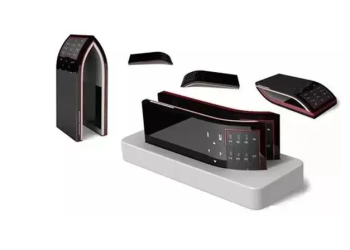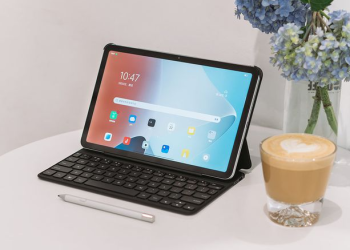Introduction
Selecting the right DSLR camera can be a daunting task with the myriad of options available in the market. Whether you’re a professional photographer or an enthusiastic hobbyist, finding the perfect camera to suit your needs is essential. In this comprehensive guide, we’ll review and compare the top 10 DSLR cameras of [Current Year], providing insights into their features, performance, and suitability for various photography genres.
Canon EOS 5D Mark IV
Features and Specifications: The Canon EOS 5D Mark IV boasts a 30.4-megapixel full-frame CMOS sensor, DIGIC 6+ image processor, and 61-point autofocus system. It offers 4K video recording, dual pixel RAW, and built-in Wi-Fi and NFC connectivity.
Pros and Cons: Pros include excellent image quality, robust build quality, and impressive autofocus performance. However, it’s relatively expensive and lacks in-body image stabilization.
Comparison with Other Models: When compared to other models, such as the Nikon D850 and Sony Alpha A7 III, the Canon EOS 5D Mark IV holds its own in terms of image quality and autofocus capabilities.
Nikon D850
Features and Specifications: The Nikon D850 features a 45.7-megapixel full-frame CMOS sensor, EXPEED 5 image processor, and 153-point autofocus system. It offers 4K video recording, 7fps continuous shooting, and a tilting touchscreen display.
Pros and Cons: Pros include exceptional resolution, fast autofocus, and robust build quality. However, it’s relatively bulky and lacks built-in Wi-Fi connectivity.
Comparison with Other Models: Compared to models like the Canon EOS 5D Mark IV and Sony Alpha A7 III, the Nikon D850 excels in resolution and dynamic range, making it a favorite among landscape and studio photographers.
Sony Alpha A7 III
Features and Specifications: The Sony Alpha A7 III boasts a 24.2-megapixel full-frame CMOS sensor, BIONZ X image processor, and 693-point autofocus system. It offers 4K video recording, 10fps continuous shooting, and 5-axis in-body image stabilization.
Pros and Cons: Pros include excellent low-light performance, impressive autofocus tracking, and compact size. However, it has limited touchscreen functionality and a smaller selection of native lenses.
Comparison with Other Models: Compared to cameras like the Canon EOS 5D Mark IV and Nikon D850, the Sony Alpha A7 III offers superior low-light performance and 4K video capabilities in a more compact and affordable package.
Canon EOS Rebel T7i
Features and Specifications: The Canon EOS Rebel T7i features a 24.2-megapixel APS-C CMOS sensor, DIGIC 7 image processor, and 45-point autofocus system. It offers Full HD video recording, 6fps continuous shooting, and a vari-angle touchscreen display.
Pros and Cons: Pros include a lightweight and compact design, intuitive touchscreen interface, and excellent autofocus performance. However, it lacks 4K video recording and weather sealing.
Comparison with Other Models: Compared to higher-end DSLRs like the Canon EOS 6D Mark II and Nikon D750, the EOS Rebel T7i offers comparable image quality and autofocus performance at a more affordable price point.
Nikon D7500
Features and Specifications: The Nikon D7500 boasts a 20.9-megapixel APS-C CMOS sensor, EXPEED 5 image processor, and 51-point autofocus system. It offers 4K UHD video recording, 8fps continuous shooting, and built-in Bluetooth and Wi-Fi connectivity.
Pros and Cons: Pros include excellent image quality, fast and accurate autofocus, and 4K video capabilities. However, it has a limited buffer capacity for continuous shooting and a fixed rear LCD screen.
Comparison with Other Models: Compared to similar DSLRs like the Canon EOS 80D and Pentax K-1 Mark II, the Nikon D7500 stands out for its 4K video recording and superior low-light performance.
Pentax K-1 Mark II
Features and Specifications: The Pentax K-1 Mark II features a 36.4-megapixel full-frame CMOS sensor, PRIME IV image processor, and 33-point autofocus system. It offers Full HD video recording, 4.4fps continuous shooting, and 5-axis in-body image stabilization.
Pros and Cons: Pros include excellent build quality, weather sealing, and in-body image stabilization. However, it lacks 4K video recording and has a limited selection of native lenses.
Comparison with Other Models: Compared to competitors like the Nikon D750 and Sony Alpha A77 II, the Pentax K-1 Mark II offers unique features such as in-body image stabilization and weather sealing, making it a favorite among outdoor and landscape photographers.
Sony Alpha A77 II
Features and Specifications: The Sony Alpha A77 II boasts a 24.3-megapixel APS-C CMOS sensor, BIONZ X image processor, and 79-point autofocus system. It offers Full HD video recording, 12fps continuous shooting, and built-in Wi-Fi and NFC connectivity.
Pros and Cons: Pros include fast and accurate autofocus, high-speed continuous shooting, and built-in Wi-Fi connectivity. However, it lacks 4K video recording and has a relatively small buffer capacity.
Comparison with Other Models: Compared to similar DSLRs like the Canon EOS 7D Mark II and Nikon D500, the Sony Alpha A77 II offers comparable autofocus performance and continuous shooting speed in a more compact and lightweight package.
Canon EOS 6D Mark II
Features and Specifications: The Canon EOS 6D Mark II features a 26.2-megapixel full-frame CMOS sensor, DIGIC 7 image processor, and 45-point autofocus system. It offers Full HD video recording, 6.5fps continuous shooting, and built-in Bluetooth and Wi-Fi connectivity.
Pros and Cons: Pros include excellent image quality, compact size, and built-in GPS for geotagging. However, it lacks 4K video recording and has a limited autofocus system compared to higher-end models.
Comparison with Other Models: Compared to competitors like the Nikon D750 and Sony Alpha A7 II, the Canon EOS 6D Mark II offers comparable image quality and connectivity features at a more affordable price point.
Nikon D750
Features and Specifications: The Nikon D750 boasts a 24.3-megapixel full-frame CMOS sensor, EXPEED 4 image processor, and 51-point autofocus system. It offers Full HD video recording, 6.5fps continuous shooting, and built-in Wi-Fi connectivity.
Pros and Cons: Pros include excellent low-light performance, robust build quality, and tilting LCD screen. However, it lacks 4K video recording and has a limited buffer capacity for continuous shooting.
Comparison with Other Models: Compared to similar DSLRs like the Canon EOS 6D Mark II and Pentax KP, the Nikon D750 offers superior low-light performance and dynamic range, making it a favorite among wedding and event photographers.
Pentax KP
Features and Specifications: The Pentax KP features a 24.3-megapixel APS-C CMOS sensor, PRIME IV image processor, and 27-point autofocus system. It offers Full HD video recording, 7fps continuous shooting, and built-in Wi-Fi connectivity.
Pros and Cons: Pros include compact size, weather sealing, and customizable grip and control layout. However, it lacks 4K video recording and has a relatively small buffer capacity for continuous shooting.
Comparison with Other Models: Compared to competitors like the Nikon D7500 and Sony Alpha A77 II, the Pentax KP offers unique features such as customizable grip and control layout, making it a favorite among photographers seeking personalized ergonomics.
Conclusion
In conclusion, the top 10 DSLR cameras of [Current Year] offer a diverse range of features, performance, and price points to suit the needs of photographers at all skill levels. Whether you prioritize resolution, autofocus speed, or video capabilities, there’s a DSLR camera on this list to fulfill your requirements. Before making a decision, consider your specific photography needs, budget, and preferences to ensure you select the perfect camera to capture your moments with precision and creativity.
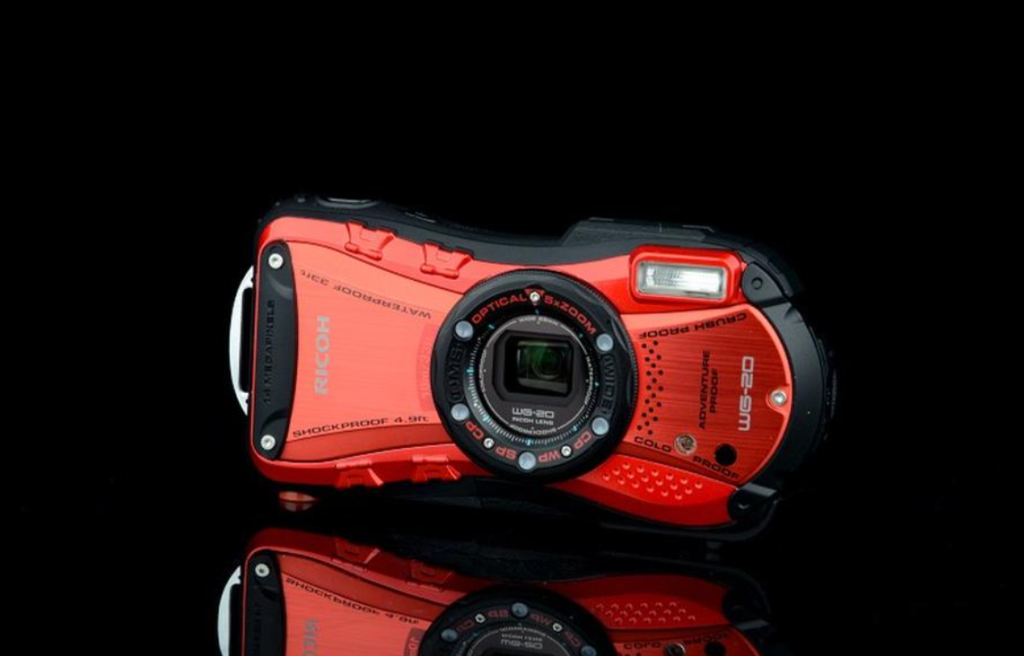
FAQs After The Conclusion:
- Which DSLR camera is best for beginners?
- For beginners, cameras like the Canon EOS Rebel T7i and Nikon D7500 offer a balance of performance, affordability, and user-friendly features.
- Which DSLR camera is best for professional photography?
- Professional photographers may prefer models like the Canon EOS 5D Mark IV and Nikon D850 for their superior image quality, robust build quality, and extensive feature set.
- Do all DSLR cameras offer 4K video recording?
- No, not all DSLR cameras offer 4K video recording. While some models like the Nikon D850 and Canon EOS 5D Mark IV feature 4K capabilities, others may be limited to Full HD video recording.
- Are DSLR cameras suitable for videography?
- Yes, many DSLR cameras offer excellent video capabilities, including high-resolution recording, advanced autofocus systems, and manual control options suitable for professional videography.
- Can I use DSLR lenses from one brand on a DSLR camera from another brand?
- In some cases, lenses may be compatible across different DSLR camera brands with the use of lens adapters. However, autofocus and other functionality may be limited depending on the specific lens and adapter combination.
- What factors should I consider when choosing a DSLR camera for wildlife photography?
- When selecting a DSLR camera for wildlife photography, consider factors such as autofocus speed, burst shooting rate, weather sealing, and lens compatibility for telephoto and zoom lenses.
- Are DSLR cameras more expensive than mirrorless cameras?
- DSLR cameras and mirrorless cameras are available at a range of price points, with both offering entry-level options as well as high-end professional models. The cost depends on factors such as features, performance, and brand reputation.
- Can I upgrade the lens on my DSLR camera?
- Yes, most DSLR cameras feature interchangeable lens systems, allowing you to upgrade to different lenses to suit your photography needs and preferences.


![Top 10 DSLR Cameras of [Current Year]: Reviews and Comparisons](https://digital-electron.com/wp-content/uploads/2024/02/image-23-750x375.png)
